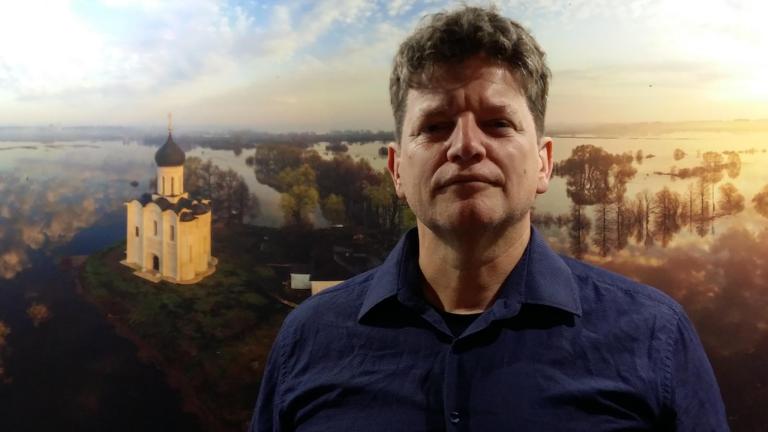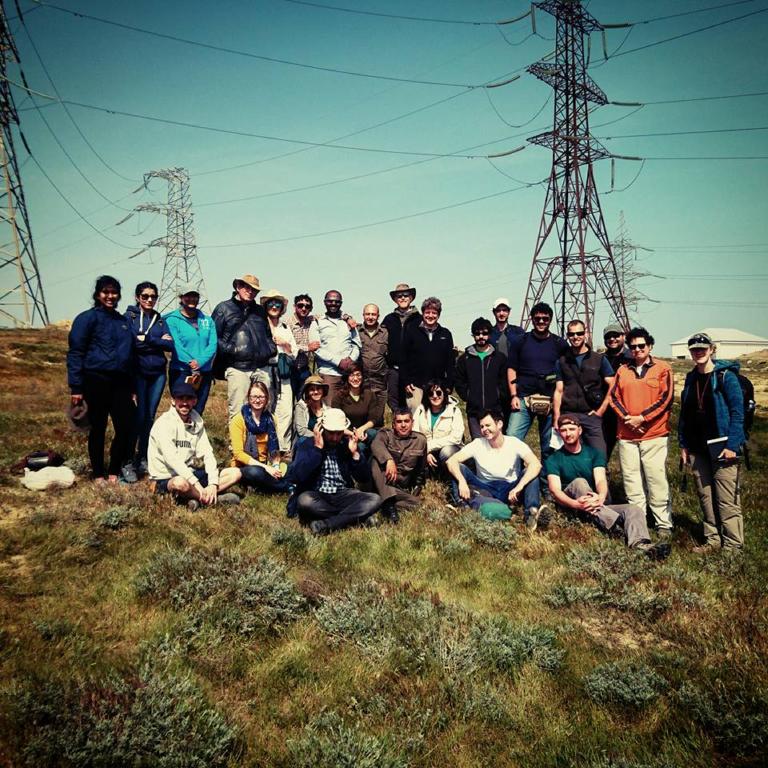
The PRIDE program: learning from the past to shape the future of Pontocaspian ecosystems and biota.
Marie Curie Slodowska Action – Innovative Training Network (ITN) – Program number 2015-2019. Naturalis Biodiversity Center coordinated (Frank Wesselingh) and managed (Caroline van Impelen) the PRIDE program.

Inshort
The Black Sea-Caspian Sea region hosts a unique aquatic biota. These Pontocaspian biota evolved in the region in the past millions of years to withstand the unusual salinity settings in lakes and seas. Sturgeons and Caspian seals are well known representatives, but Pontocaspian faunas contain hundreds of invertebrate species such as molluscs, crustaceans, worms and also fish that are unique to the region. Some of them, such as zebra mussels and caspian mudshrimps, have become major invasives in other parts of the world.
Pontocaspian biodiversity today is in crisis. Pollution, invasive species, overfishing all have driven huge declines in the past century. The PRIDE program aimed to study the evolution of lake basins and biota in the Pontocaspian region in the past few million years in order to identify drivers of biodiversity change and resilience and thereby to understand the nature of today's biodiversity crisis. By combining earth scientists, climatologists and biologists but also by understanding today's conservation networks, stakeholders and awareness we aimed to understand and outline the severity and outlook of the biodiversity crisis and support pathways towards effective conservation.
Who workedon this project?
At Naturalis the researchers below worked on this project. Also Caroline van Impelen (Programme manager) and Niels Raes (Projectsupervisor) of Naturalis were involved in PRIDE.
Koos Biesmeijer
Who did wework with?
The PRIDE programme was centred around 15 Early Stage Researchers (ESRs). They worked together with their supervisors and partners.
Check here all the people who made the PRIDE programme together with Naturalis
PRIDE: building anInnovative Training Network
PRIDE was an Innovative Training Network and the ultimate goals were to train 15 early stage researchers (ESRs) in the integrated fields of earth science, climate sciences and biodiversity change and to establish pan-european networks to do so.
Our ESRs were hosted in ten institutes in Europe. However, the PRIDE program was far larger than the ESRs and their supervisors; a multitude of academic and non-academic partners, spanning the entire Pontocaspian region and Europe, with more than 25 participating institutes, ensured the success of our program. Our partners contributed to the extensive training program and fieldwork (with ten network training events) and provided important expertise and background. The networks we fostered have been active after the completion of the program.
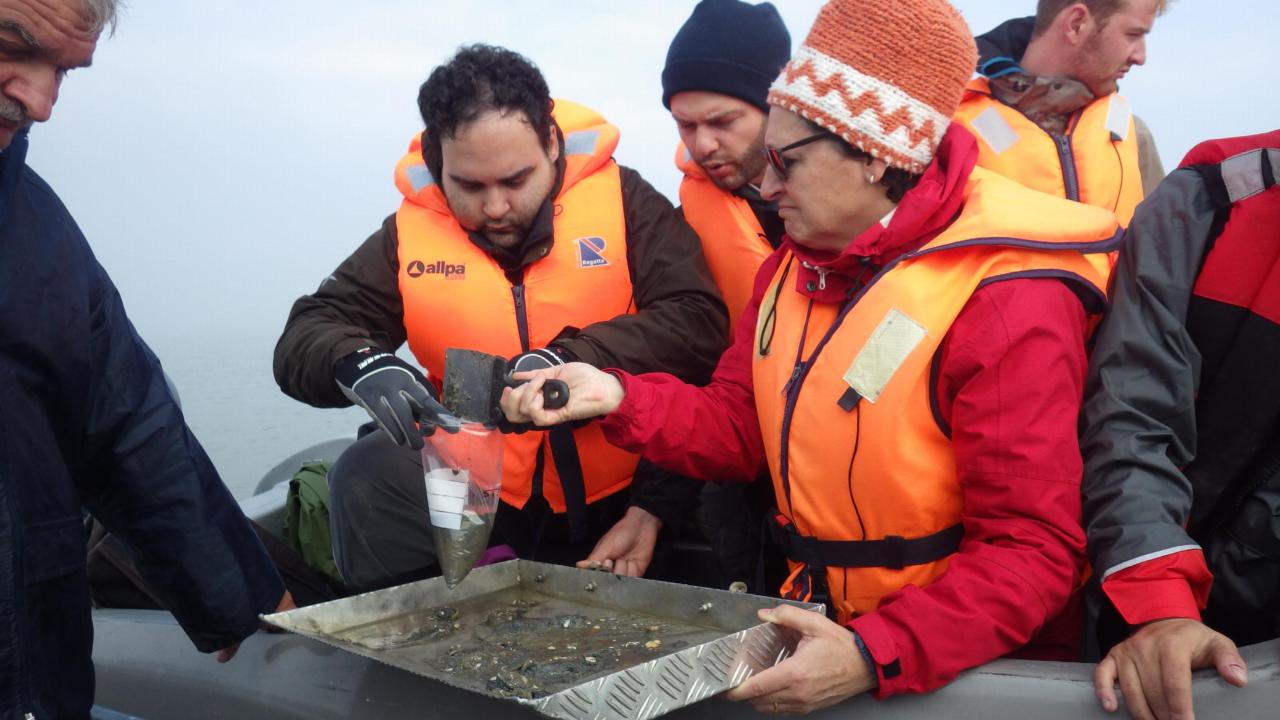
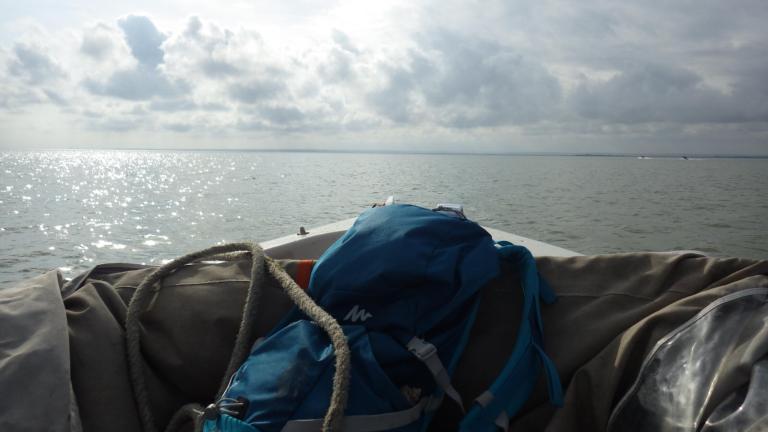
Workpackages
The PRIDE program was built around three integrated research/training work packages: WP1 looked into lake basin evolution, WP2 investigated drivers of biodiversity change in the geological past and WP3 addressed today’s Pontocaspian biodiversity crisis.
Mainresults
These are the main findings from the PRIDE program and associated studies:
- The evolution of Pontocaspian lake basins was driven by regional tectonics and climate. Our improved stratigraphic age estimates and geochemical and biological proxy analyses enabled us to constrain episodic connection and isolation phases that drove biotic evolution.
- Major ecosystem and biodiversity turnover events (characterized by wholesale replacement of dominant biota) occurred typically around episodic marine incursions in the past few million years. Intermediate scale biodiversity turnover events (replacement at species level) are typically related to episodes of severe climate change.
- Two million years ago the Black Sea Basin was the center of Pontocaspian biodiversity. In the past million years the Caspian Sea became the Pontocaspian biodiversity hotspot. Marginal areas (adjacent rivers and lake basins) were important refugia from time to time.
- Today’s biodiversity crisis is unusual and severe. ANthropogenic impact is the main driver of decline in all basins, but trajectories and conditions in each basin are unique. In the Black Sea Basin habitat degradation and nutrient pollution are major drivers, in the Caspian Sea it is a combination of invasive species, pollution and overfishing whereas the Aral Sea has simply vanished with its biota.
- Projected sea level change in the Caspian Sea and ever increasing coastal modifications and nutrient pollution in the Black Sea are severely threatening remaining Pontocaspian biota.
- The organization and efficiency of regional stakeholder networks varies from country to country. In general the awareness of Pontocaspian biota is low and needs improvement in order to foster effective conservation of these unique ecosystems and biota.
Futurescenario's
Our climate models show that Caspian sea levels will drop between 9 and 18 meters by the end of this century. This will have huge impacts for ecosystems, biodiversity but also for the societies and economies of the countries in the Caspian Sea. Lake Aral, together with most of the Pontocaspian biota, has vanished almost completely in the past 50 years as a result of water extraction in its catchment. Pontocaspian habitats and biota in the coastal areas of the Black Sea (and Azov Sea) are facing a multitude of threats, mostly related to habitat modifications and nutrient pollution. Peripheral lakes in Anatolia and Iran are witnessing severely declining water levels due to climate warming and intensive development pressure.
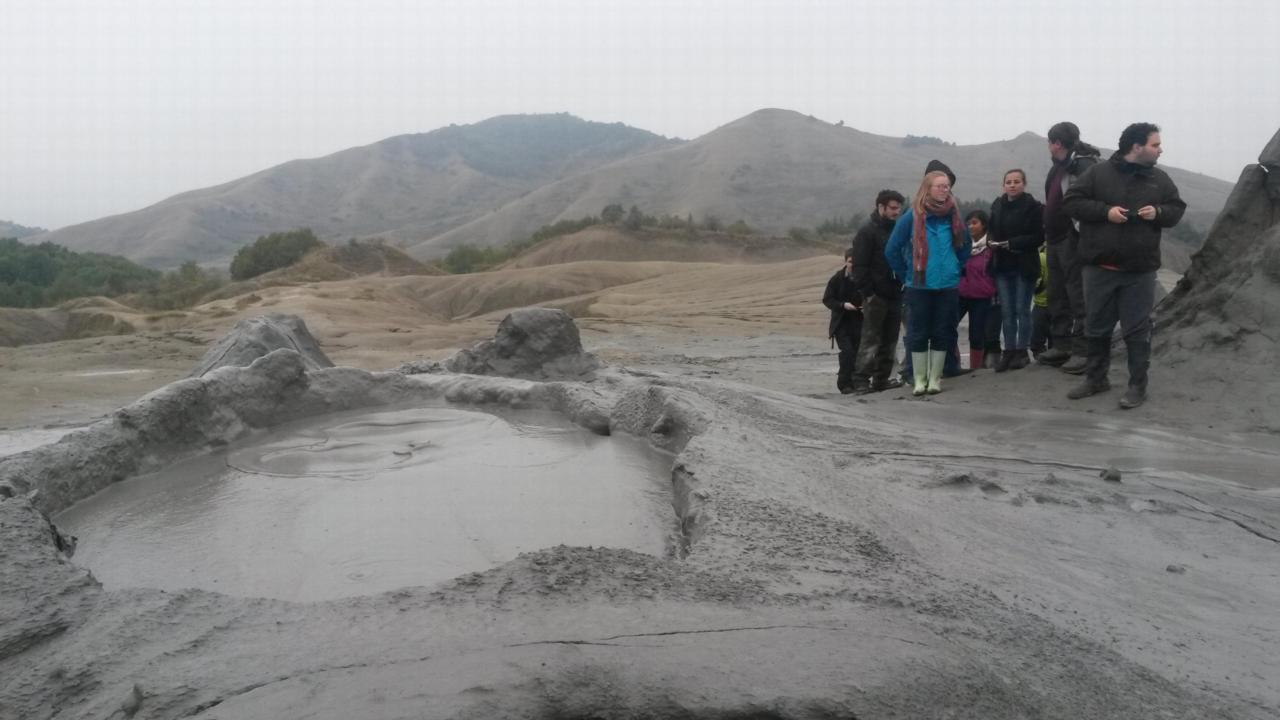
Towardsaction
We need to understand the challenges ahead and raise awareness about the fate of the Pontocaspian ecosystems and biota in order to foster action. Only well-equipped local and regional stakeholders will be able to effectively manage and conserve the threatened Pontocaspian biota and mitigate decline. The challenges ahead are enormous, as the socio-political situation in the region is challenging. The PRIDE program has provided major insights into the uniqueness and current threats but also in the pervasion of Pontocaspian biota and their habitats.
Keypublications
Krijgsman et al., 2019 – Pontocaspian time scales
Prange et al., 2020 – Other side of sea level change
Wesselingh et al., 2020 – Pontocaspian species list
Gogaladze et al., 2021 - Black Sea Pontocaspian biodiversity
LINKS
